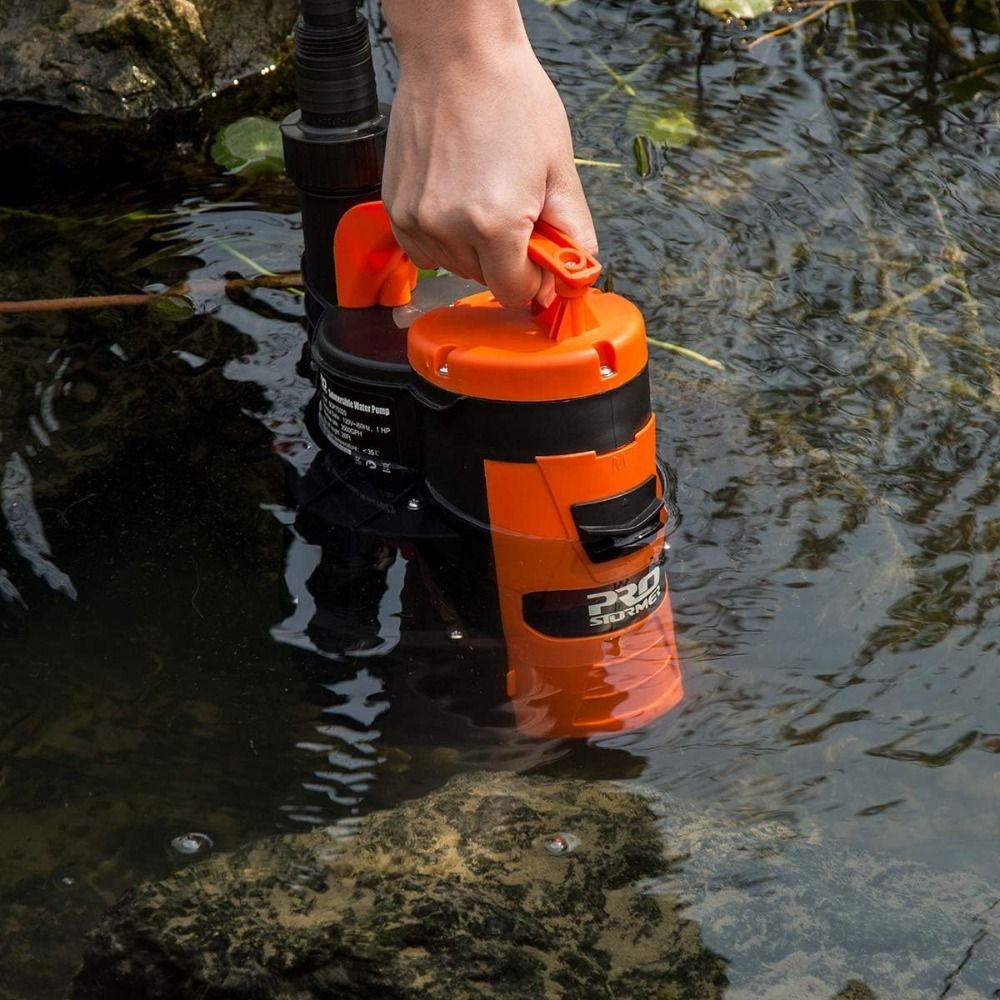I. Introduction
-
Overview: How IoT (Internet of Things) is transforming traditional sump pumps into intelligent, connected devices.
-
Importance: Real-time alerts, remote monitoring, and predictive maintenance help homeowners prevent flooding and costly damage.
-
Growing relevance: Rising rainfall intensity, aging infrastructure, and increased adoption of smart home systems.
II. The Shift Toward Smart Water Management
-
Traditional sump pumps rely on manual checks — users discover issues only after water damage occurs.
-
IoT innovation enables continuous monitoring via sensors, data analytics, and Wi-Fi/Bluetooth connectivity.
-
Integration with smart home ecosystems (Google Home, Alexa, Apple HomeKit) offers seamless user control.
III. Key Features of IoT-Enabled Sump Pumps
-
Real-Time Monitoring & Alerts
-
Sends instant notifications to smartphones for power failure, pump malfunction, or rising water levels.
-
Enables remote troubleshooting and early intervention.
-
-
Data-Driven Insights
-
Tracks pump activity, run-time frequency, and water levels over time.
-
Predicts potential failures before they happen using AI-based analytics.
-
-
Remote Operation & Cloud Integration
-
Homeowners can turn pumps on/off or run diagnostics remotely.
-
Cloud storage provides access to historical performance data for analysis and service verification.
-
-
Battery Backup & Power Management
-
Smart systems alert users of low battery status.
-
Energy-efficient designs optimize operation to extend battery and pump lifespan.
-
IV. Benefits of Smart Sump Pump Systems
-
Peace of Mind: 24/7 protection even when homeowners are away.
-
Preventative Maintenance: AI predicts problems, reducing emergency repairs.
-
Energy Efficiency: Automated operation reduces unnecessary runtime.
-
Home Value Increase: Integration with smart home systems adds market appeal.
V. Challenges & Considerations
-
Higher upfront cost compared to standard pumps.
-
Requires Wi-Fi connectivity and app compatibility.
-
Data security and privacy must be ensured by manufacturers.
-
Regular firmware updates needed for reliability.
VI. Future Outlook
-
Predictive flood management through AI and sensor networks.
-
Integration with municipal stormwater systems for community-wide monitoring.
-
Voice-activated maintenance diagnostics and automated response systems.
-
As smart home adoption grows, IoT-enabled sump pumps will become the new baseline for home protection.

